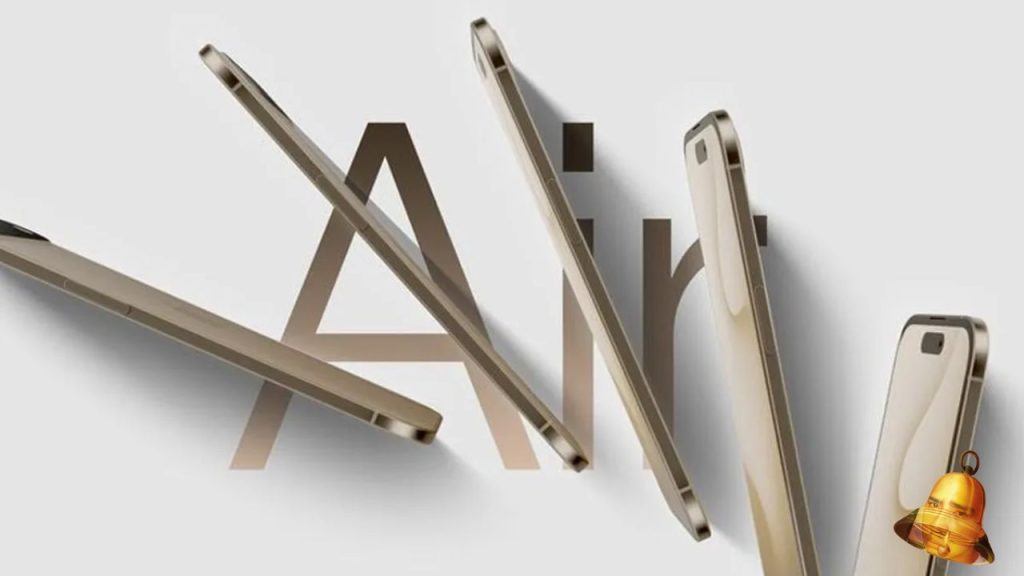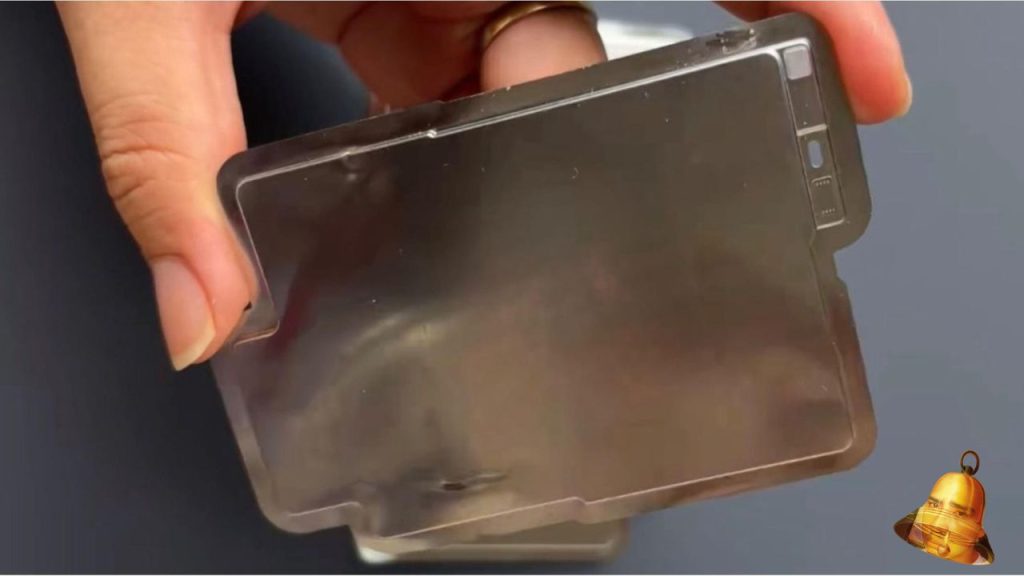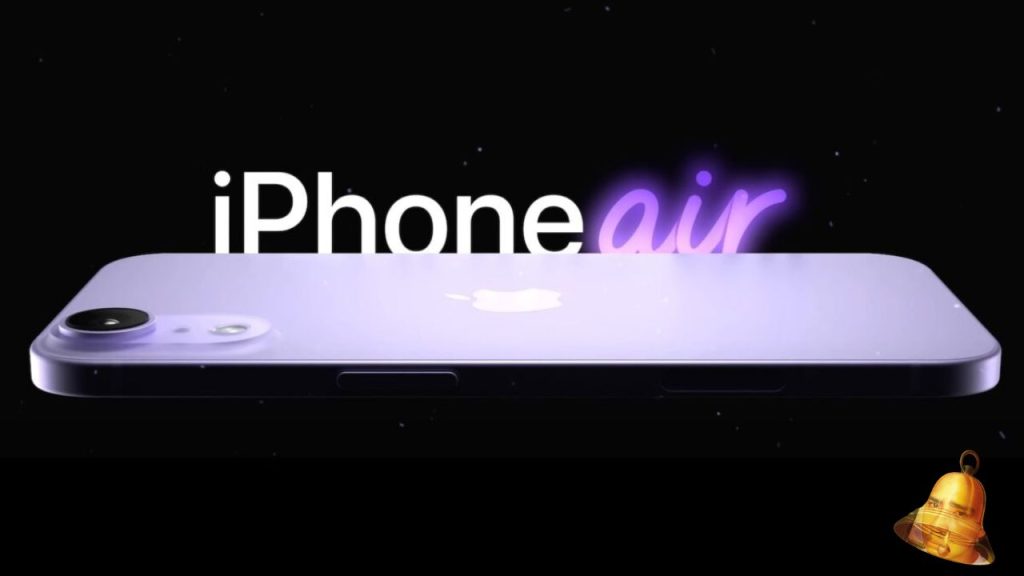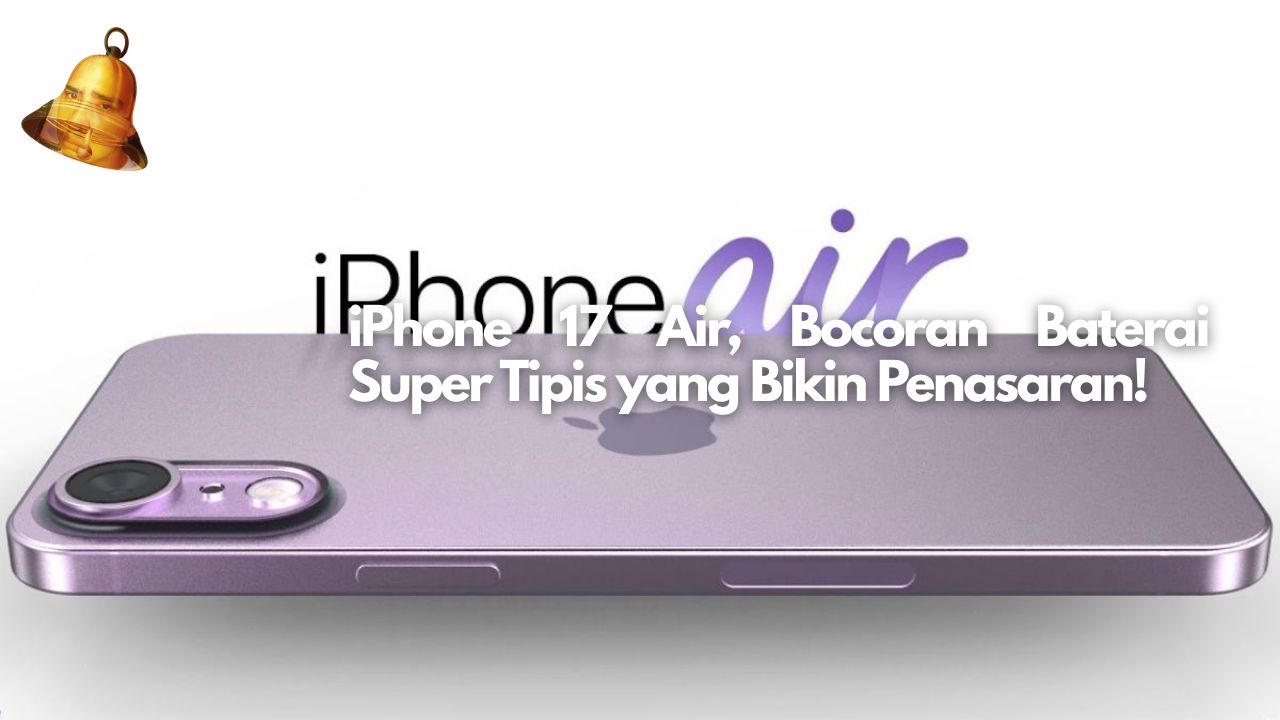The iPhone 17 Air is predicted to be the mid-range variant in the iPhone 17 lineup that will be introduced in September 2025. The Air series fills the gap between the regular and Pro models with a more affordable price, but still offers superior design and features for users who prioritize balanced looks and performance.
The Combination of Performance and Design
Apple is rumored to be equipping the iPhone 17 Air with the latest A19 chipset, delivering fast responsiveness and energy efficiency. A 6.6-inch OLED display with a 120Hz refresh rate is also expected, ensuring smooth scrolling or gaming without sacrificing visual quality.
Ultra Thin Design

One of the main attractions of the iPhone 17 Air is its estimated thickness of just 5.5 mm. If true, this would be the thinnest iPhone to date, surpassing the Galaxy S25 Edge, which is "only" 5.8 mm thick. This ultra-thin dimension gives it a futuristic feel while also being lightweight in the hand.
Creating such a thin body was no easy feat. Apple had to redesign the internal frame, rearrange key components, and maintain structural rigidity to withstand the impact of drops. The ends of the antenna array, camera, and display also had to be adjusted to prevent bending.
Battery Specifications Leak
The first photo of the iPhone 17 Air battery was first posted by Naver blog "Lanzuk." The image shows an L-shaped cell measuring just 2.49 mm thick. This thin cell is about 1 mm thinner than the previously leaked iPhone 17 Pro battery cell.
Despite the smaller cell capacity, Apple is believed to maximize power efficiency through tight integration between the A19 chipset and iOS 19. The intelligent power management system will prioritize foreground applications, shut down unnecessary processes, and adjust the screen refresh rate as needed.
Thickness and Capacity Comparison
| Model | Cell Thickness (mm) | Battery Capacity (mAh) |
|---|---|---|
| iPhone 16 Plus | 7.8 | 4,674 |
| iPhone 17 Air (estimated) | 2.49 | 2,800–2,900 |
The 2,800–2,900 mAh capacity is significantly lower than the iPhone 16 Plus, but Apple often compensates for smaller batteries with hardware and software optimizations. A typical user checking email, social media, and light browsing can still get through the day on a single charge.
Steel Casing Innovation in Batteries

Apple is reportedly using a steel casing to encase the battery cells, a technology previously featured in the Pro models. Steel distributes heat more evenly during fast charging or heavy activity, keeping the cells at optimal temperatures and slowing battery degradation.
In addition to cooling, the steel casing increases energy density and structural strength. With precision-engineered steel, the thin cells maintain their shape and chemical integrity, reducing the risk of electrolyte leakage while providing stability when the phone is bumped.
Implications for Users

Excess
- The super light weight makes the phone comfortable to hold and easy to slip into a pocket or small bag.
- The sleek design gives a luxurious and futuristic impression for fans of minimalist gadgets.
- The 120 Hz display adds visual comfort, ideal for fast scrolling and competitive gaming.
Challenges and Solutions
- A smaller battery capacity can potentially require more frequent recharging, especially for video streaming or long gaming.
- Heavy users can rely on Apple's official MagSafe Battery Pack or a third-party MagSafe power bank to increase power reserves.
- The power optimization feature in iOS 19 is expected to balance usage by turning off non-critical background apps.
Apple's Risks and Courage

Reducing the battery size to 2.49 mm is a bold move, but it still poses a risk to durability. If the optimization isn't effective enough, the battery life could decrease drastically, frustrating users accustomed to long-lasting iPhones.
Apple has long been known for maximizing battery life through hardware-software integration. Pro models often deliver battery life comparable to or exceeding that of Android phones with much larger capacities. This success gives hope that the iPhone 17 Air will remain reliable despite its smaller battery size.
Conclusion
The iPhone 17 Air embodies the ambition of an ultra-thin design with a 2.49mm battery cell and an innovative steel casing. Its aesthetic excellence and grip comfort are combined with optimizations for the A19 and iOS 19 to maintain all-day battery life. The challenge now is to see how well Apple can balance beauty and battery life so that the Air variant is not just attractive on paper but also satisfying in everyday use.


